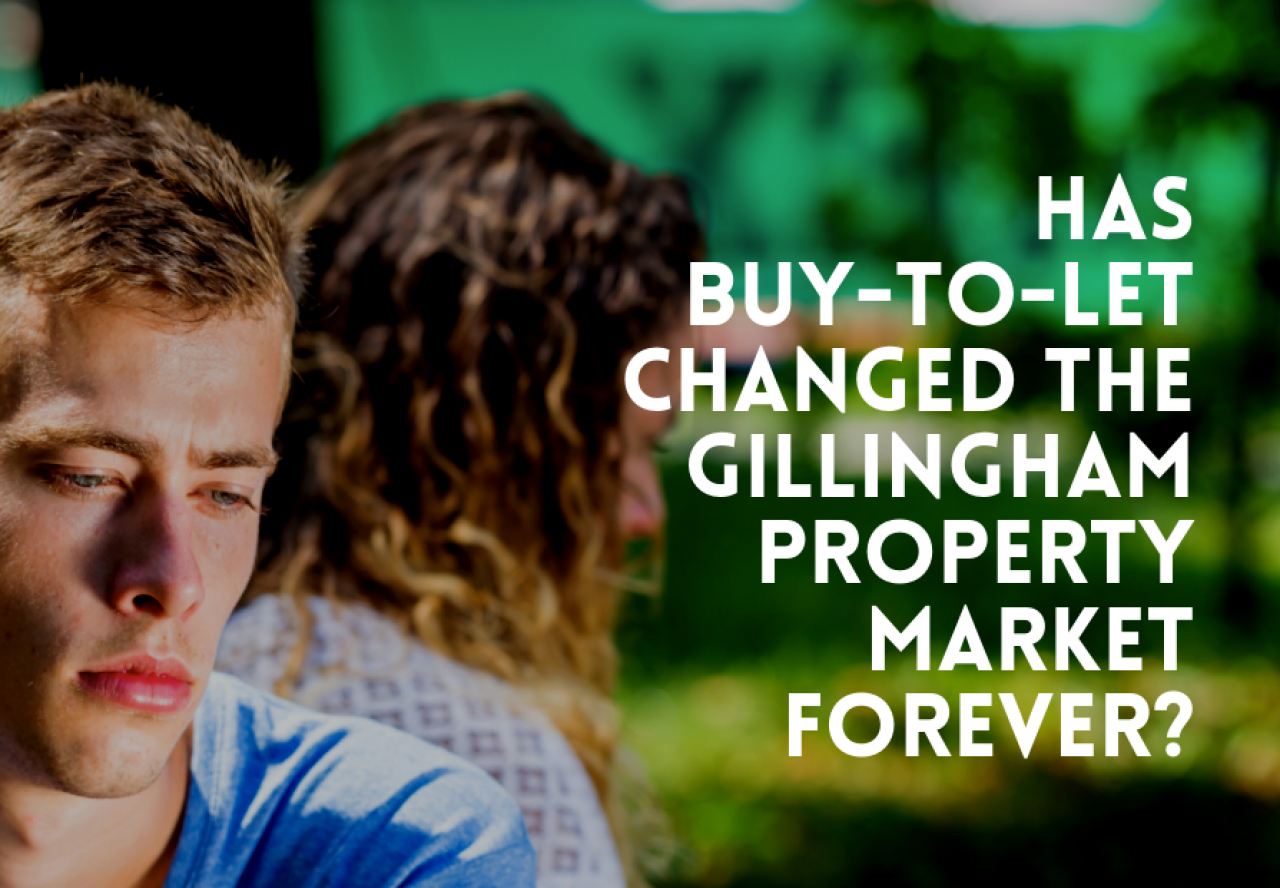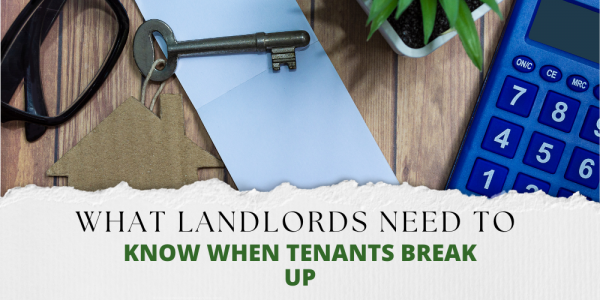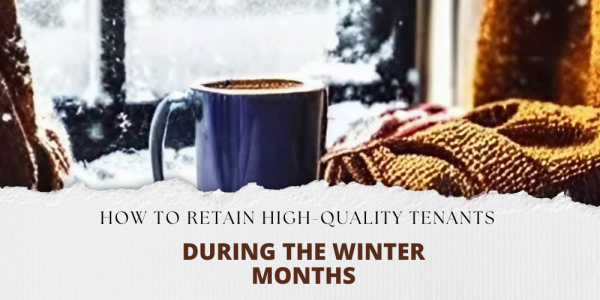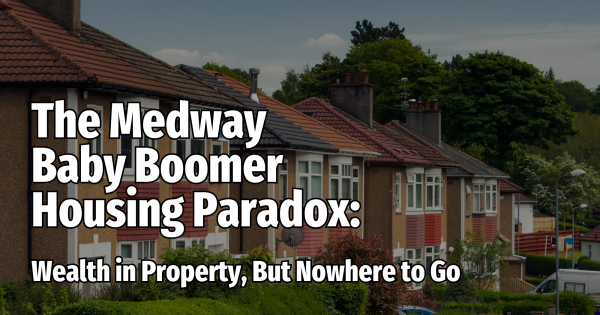CLICK HERE FOR YOUR FREE MEDWAY PROPERTY NEWSLETTER
The ‘Buy-To-Let’ (BTL) mortgage is celebrating its Silver Anniversary (25 years) this autumn.
Isn’t it fascinating that a decision between a group of letting agents and bankers all that time ago to offer BTL mortgages has changed the face of the Gillingham (and national) property market?
But has it been a good thing? Or has it ruined the dreams of many 20 somethings wanting to get on to the property ladder in the last couple of decades?
Let’s look deeper at the whole story, then I will let you, the reader, decide.
And as soon as the BTL mortgage was launched, it was clear there was an enthusiasm and a need for this mortgage product. So much so the size of the Gillingham private rented sector has grown exponentially.
According to my analysis …
there are 7,681 private rented homes in Gillingham,
worth £2,174,192,000.
So now we are in 2021, it seems farcical that banks and building societies once thought that properties rented out to private tenants would not create a steady income or increase in value, yet this thought was conventional back in the 1990’s.
It’s no wonder buy-to-let landlords have been given a hard time, with numbers like this.
Yet before we burn every landlord at the stake,
let’s just look at the background story.
The Conservatives introduced the right of a council house tenant to buy their own council house in the early 1980s. Fantastic news for council tenants, yet when a council tenant bought their home, that meant that council housing was taken away from future generations to rent and therefore eroding the council housing stock available. Meaning from the mid 1990s/early 2000s, people who would normally be eligible to rent from the council, yet who couldn’t buy, had only one option … rent from a private landlord.
Meanwhile, in the early/mid 1990s we had 15% mortgage interest rates, unemployment rates of 9% and the 1989 housing crash fresh in people’s memories. Repossessions were rife, making home ownership not the most attractive prospect for 20 somethings.
Gillingham house prices dropped by
30.7% between 1989 and 1993.
This meant as we entered the mid 1990s, the Gillingham property market entered a period of stagnation. There were many Gillingham homeowners that bought their home in the property boom of the late 1980s who were disinclined to sell their home for a loss. They were in negative equity (i.e. they owed more than what the house was worth) yet needed to move because of their growing families.
Renting their home out could have allowed them to buy another home for their growing family, but most banks and building societies were still mostly unreceptive to the notion of these homeowners becoming accidental landlords. Most mortgage terms and conditions usually included clauses that prohibited homeowners from renting out their homes.
So, with growing demand from potential tenants, supply reduced from the sale of Council houses and many homeowners in negative equity, all bound up by the semi-deregulation of the private rented sector with the Housing Act 1988 – you can see that the BTL mortgage came along at the right time.
Early take up of BTL mortgages was slow in the first couple of years.
By the Millennium, according to the Council of Mortgage Lenders, there were just over 120,000 BTL mortgages, with a total value of £9.1 billion.
Yet as we entered the 2000s, they really took off, with every man and his dog jumping onto the BTL bandwagon. So much so that today in the UK, there are …
4.4m private rented homes, 2.1m of them with BTL mortgages
totaling £234.1bn, which is 11.9% of the UK’s GDP!
That’s more than a 1,650% increase in the number of BTL mortgages to landlords and a 2,470% increase in the value of those BTL mortgages.
Since 2001, the number of privately rented households in the UK has grown from 8.3% to 19%.
On the face of it, you could say with the growth of these BTL landlords with their cheap BTL mortgages and often unkempt properties, it has pushed potential homebuyers into squalor. Yet, let’s look a little deeper.
Most Gillingham landlords are very fair with their Gillingham tenants providing them with clean, well presented and affordable housing. Of course, there are the rogue landlords but with TV shows such as ‘Landlords from Hell’, the British public are given a distorted and uneven view of private landlords as a whole.
Private sector landlords have played a critical role in providing homes to millions of Brits in this country, let me expand.
The UK population has grown by 405,000 people per year (for the last 20 years), yet only 22,750 council/social houses have been built per year in the same time frame.
If it wasn’t for the private rented sector, who would’ve housed all the extra people in the country over the last 20 years?
What about the exorbitant rents? Would it surprise you that rents have risen below inflation between 2008 and 2019?
Also there has been a drive to tax BTL landlords more comprehensively and regulate the private rented sector to develop better housing conditions for tenants.
Unlike owner-occupier homes, tenants get the benefit of new regulations from Gas Safety Checks and Electrical Safety Reports. Also, BTL landlords will need to improve their Energy Performance Certificate Rating to at least a C rating by the end of 2025 for all new tenancies, and by end of 2028 for all existing tenancies, all at no cost to the tenant and directly saving them money on their heating costs – something that is very important considering the recent rises in gas prices.
Gillingham landlords have also had to pay more tax on their Gillingham BTL properties, paying 3% Stamp Duty Tax supplement for the last 5 years, and higher rate tax relief on mortgage interest was taken away four years ago.
Landlords have also had to deal with the financial fallout of the pandemic. It is estimated 1 in 5 tenants in the private rental sector have some form of rent arrears.
Interestingly landlords that don’t use a letting agent to manage their property are 272.5% more likely to be 2 months or more in arrears.
Also, evictions for rent arrears were banned during the pandemic, meaning some tenants ran up arrears of 12 months or more. According to the National Residential Landlords Association (NRLA), this has left around 210,000 private tenants in the country facing a court order for rent arrears. That would equate to …
412 Gillingham private rented households
with a court order for arrears.
The idea that Gillingham landlords are middle-class establishment types who are out to take advantage of Gillingham tenants who can’t afford to buy their own Gillingham homes is, in my opinion, just wrong.
Of course, there are some rogue Gillingham landlords, yet there are plenty of rogue tenants. Just because you are a Gillingham landlord, it doesn’t mean you are quaffing Champagne and rolling in cash.
1,380 Gillingham landlords own just one BTL property.



 By
By 


Share this with
Email
Facebook
Messenger
Twitter
Pinterest
LinkedIn
Copy this link